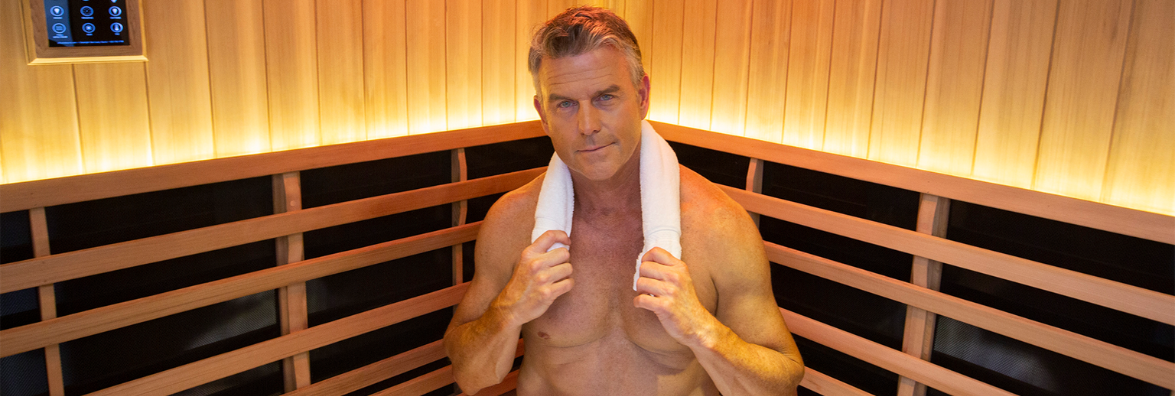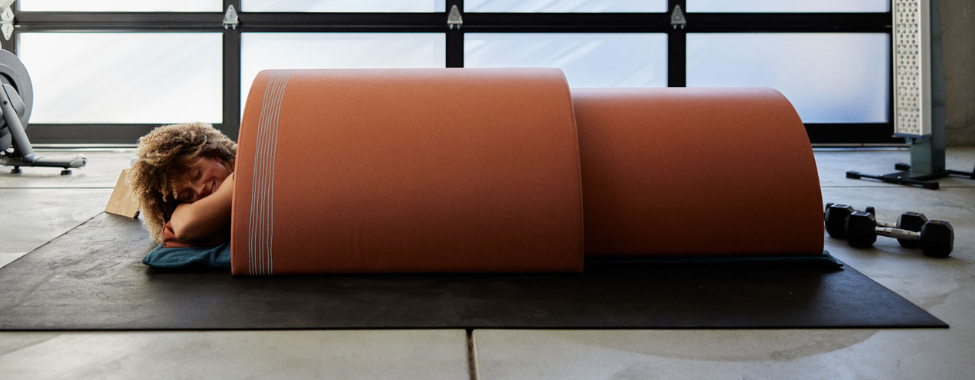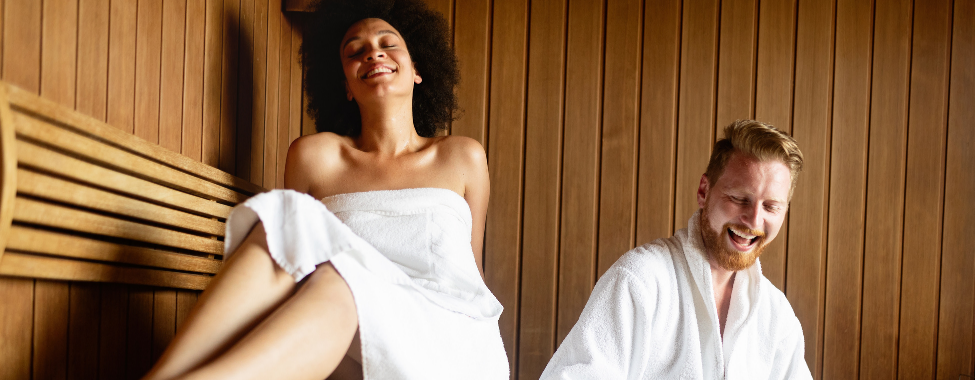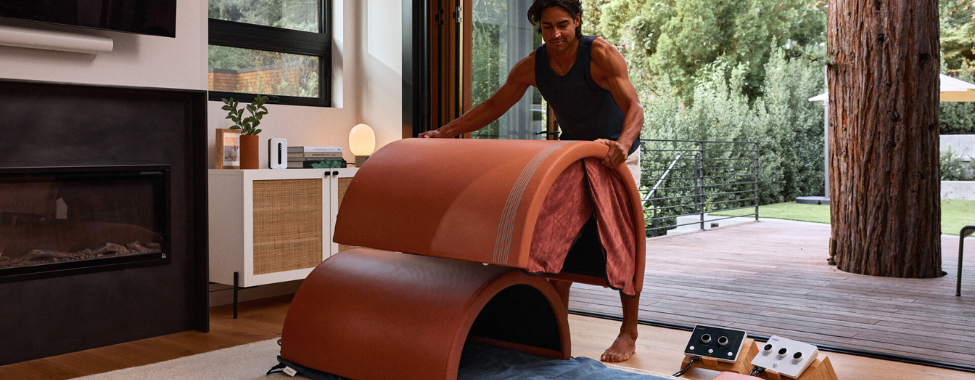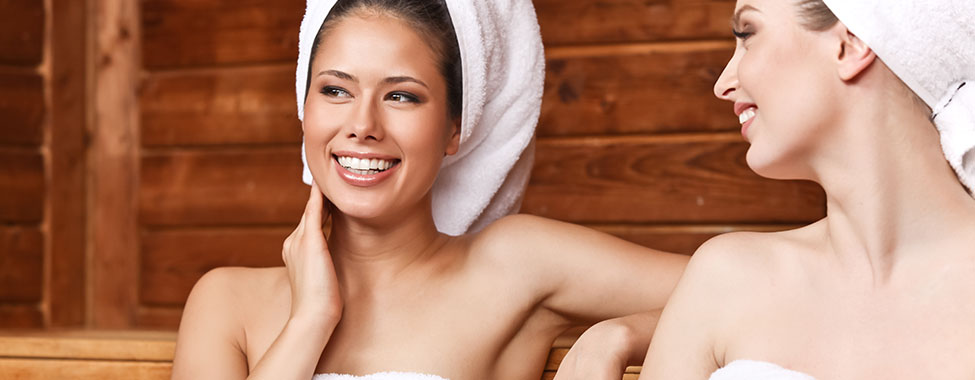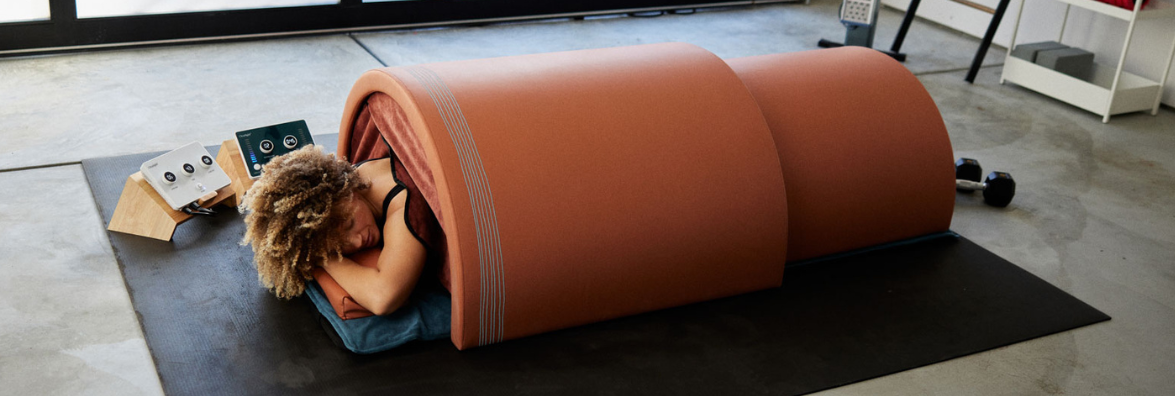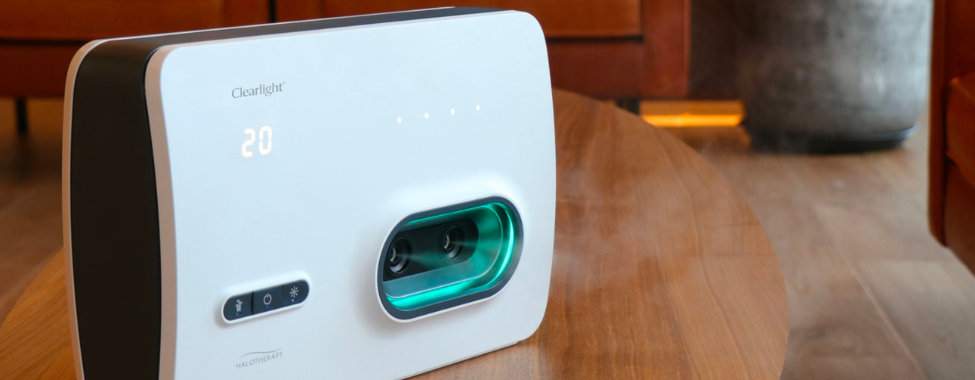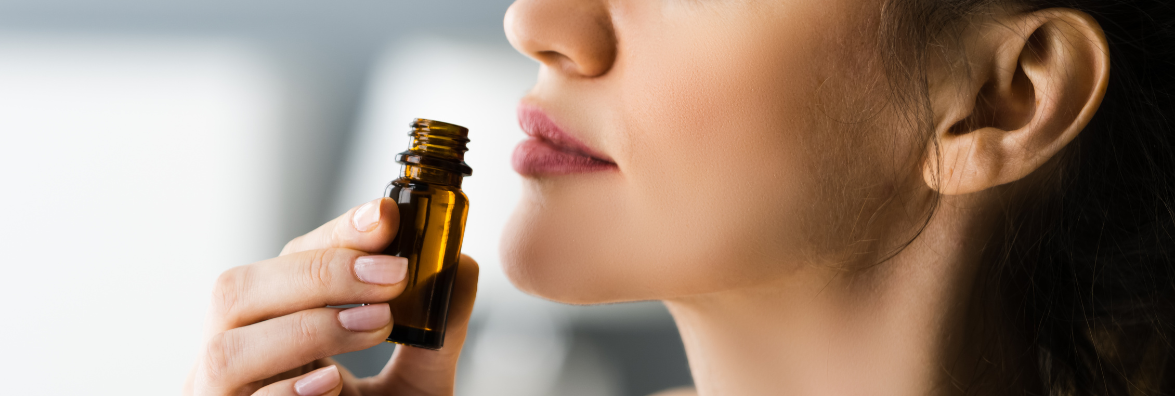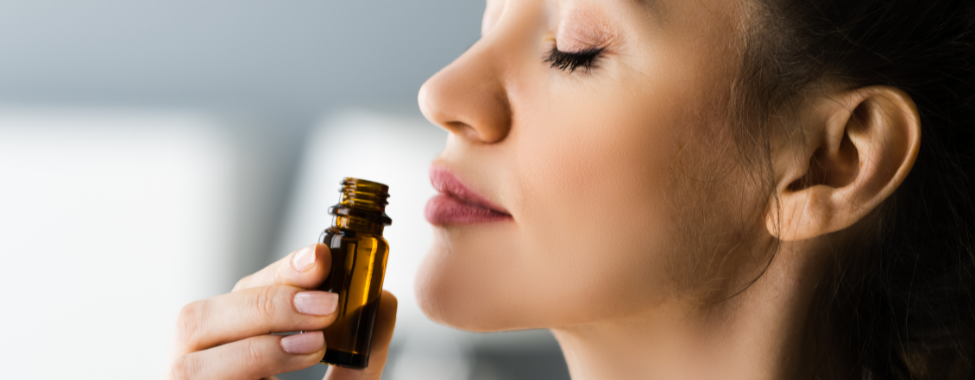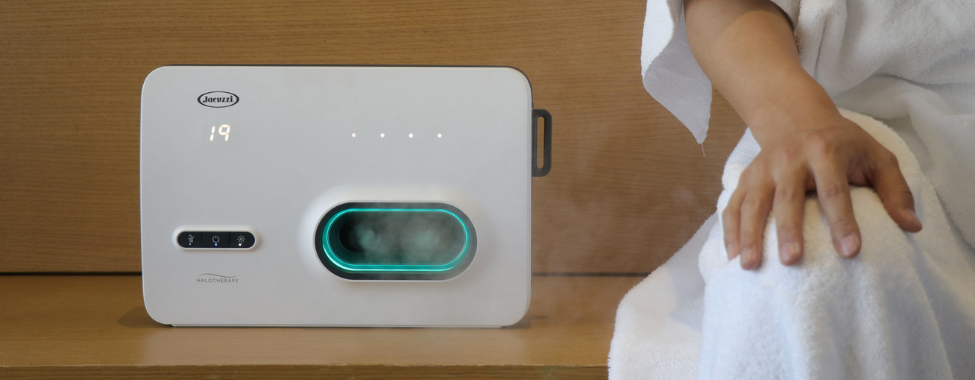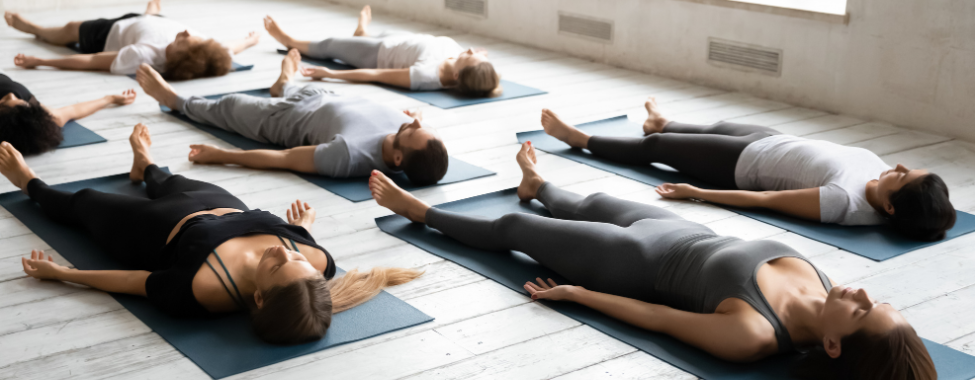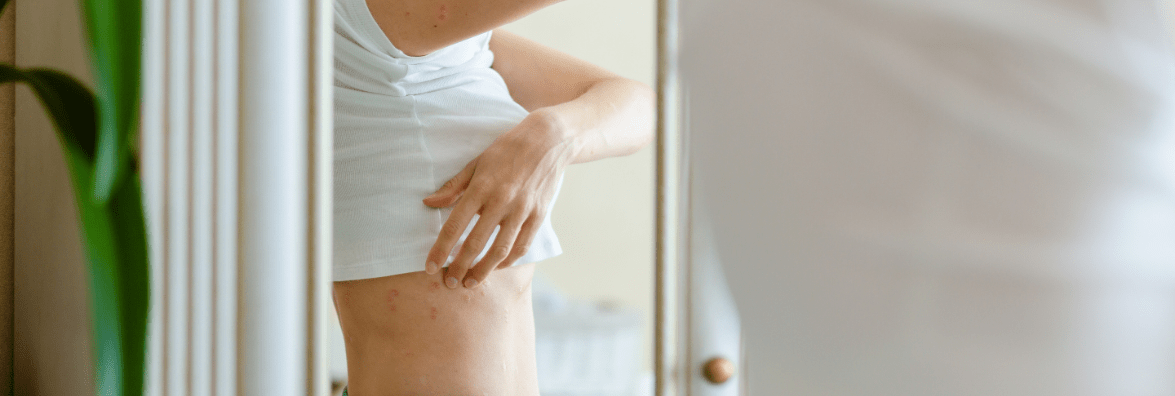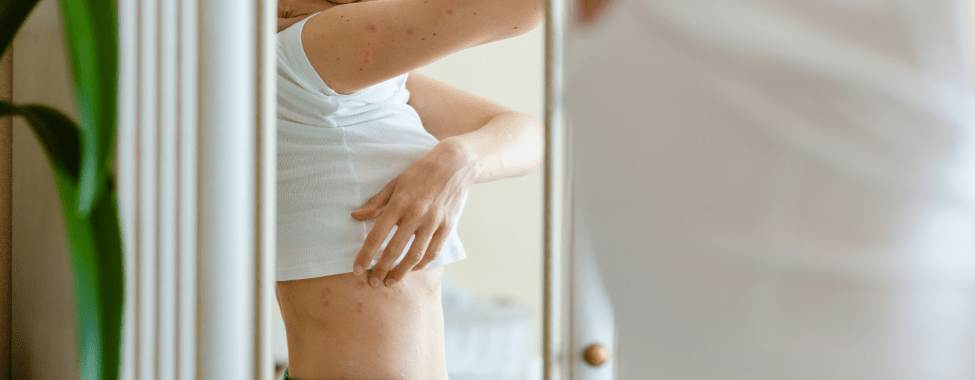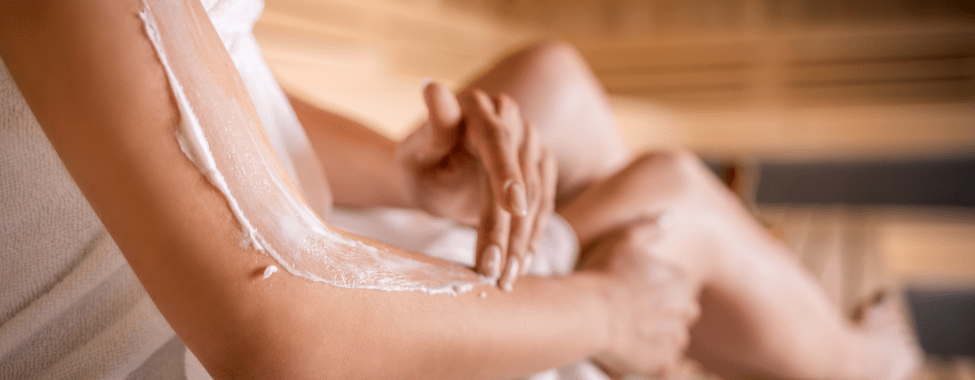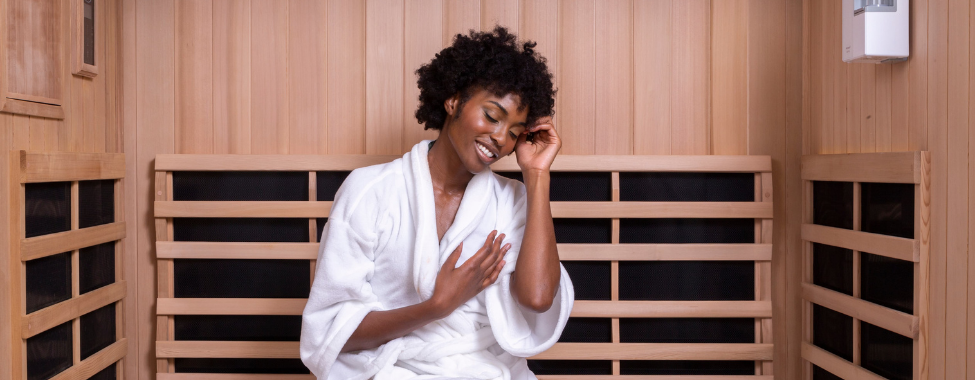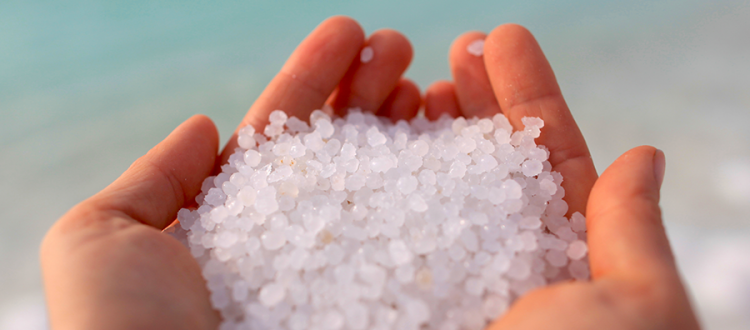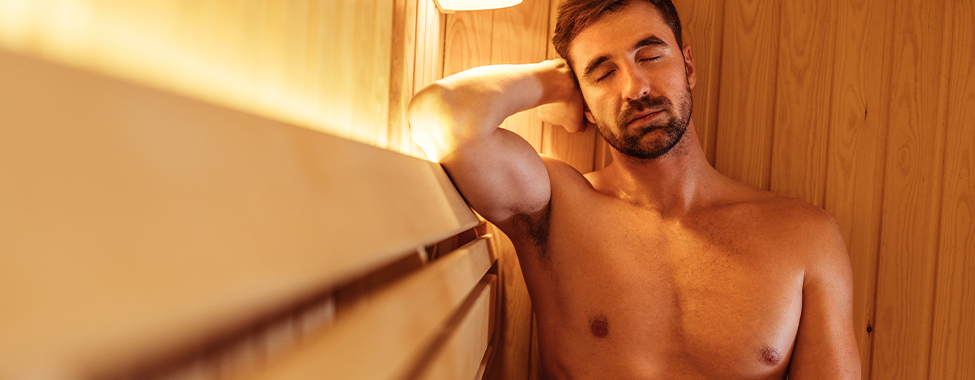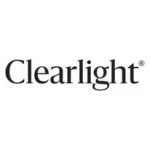Past studies indicate that health and wellness are two topics that many men disregard. According to a 2023 men’s health survey conducted by the Cleveland Clinic, 44% of respondents said they don’t visit the doctor for an annual physical, while 49% admitted that they don’t have healthy diets. In addition, 83% of the men questioned by the Cleveland Clinic admitted experiencing stress during the past six months.
Does this sound familiar to you? If you are looking for natural and sustainable ways to improve your health as a man, there are plenty of ways to start building a wellness routine to help you lead a healthier lifestyle. One of those ways? Infrared sauna use. Read on to learn more about the benefits of infrared saunas for men, along with more tips on how to naturally improve your health.
Infrared Saunas for Men
The benefits of saunas for men cut across several dimensions of health and wellness, from physical to mental health. Infrared saunas offer a number of health benefits specifically tailored to men’s needs, making them a valuable addition to any wellness routine. Unlike traditional saunas, infrared saunas use infrared rays to penetrate deeper into the body, providing therapeutic warmth that can address several health concerns unique to men.
From alleviating muscle tension and easing chronic pain to reducing stress and aiding in weight loss, the advantages are both wide-ranging and significant. By incorporating regular infrared sauna sessions into their daily health routines, men can enhance their overall health, mental well-being, and overall quality of life.
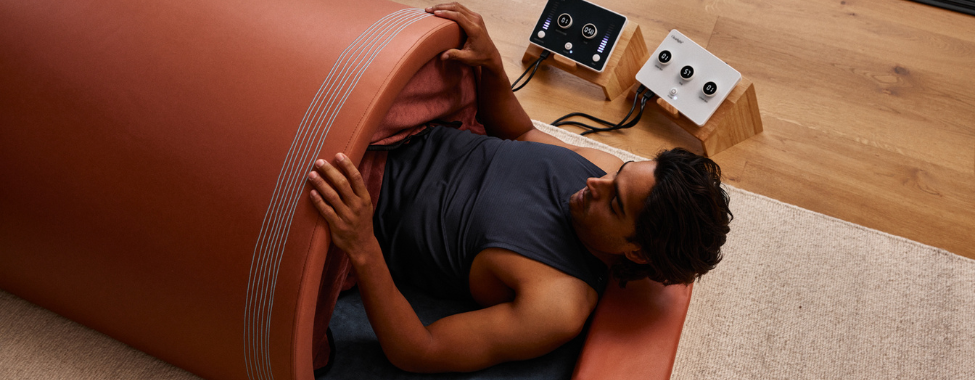
Men’s Health Benefits from Infrared Saunas
Helps Relax Tense Muscles
Infrared therapy can be a game-changer, especially for athletes. The warmth of the infrared rays in the sauna penetrates sore muscles and loosens them up, helping improve blood circulation. This therapy can also help relax tight muscles before a workout, giving you a performance edge. After a workout, infrared saunas are helpful in terms of recovery, ridding the body of toxins such as lactic acid, which builds up in muscles during exercise.
Helps Ease Physical Pain
The heat from an infrared sauna can significantly relieve men with chronic conditions such as frequent headaches, fibromyalgia, and arthritis. By increasing circulation, loosening muscles, and reducing inflammation, an infrared sauna offers a comforting respite from physical pain, offering temporary relief that can help with relaxation and making pain more manageable.
Helps Reduce Stress
Infrared saunas for men can help reduce stress, which often leads to a better night’s sleep. The treatment has been found to lower cortisol, your body’s stress hormone. Lowering cortisol levels has many positive effects, including decreasing blood pressure, reducing inflammation, and regulating your body’s metabolism. Lower cortisol levels also help your body better regulate its sleep patterns, allowing you to rest uninterrupted.
Can Aid in Weight Loss
Believe it or not, you may be able to lose weight by spending just 30 minutes in an infrared sauna. Studies have found that a short session in one may increase your metabolic rate. For instance, a study by Binghamton University in New York found that participants who used an infrared sauna for three 30-minute weekly sessions lost 4% of body fat in four months. The high heat in an infrared sauna also helps you shed water weight through sweat.
Can Reduce the Risk of Heart Disease
Heart disease is the leading cause of death in men. According to the U.S. Centers for Disease Control and Prevention (CDC), men are twice as likely to die of heart disease than women. Because an infrared sauna helps increase blood flow, improve circulation, and lower cholesterol and blood pressure, it’s a good tool to help improve men’s cardiovascular health, potentially reducing the risk of heart disease.
Can Help Strengthen the Brain
In recent years, studies have found that the use of infrared saunas can reduce the risk of dementia and Alzheimer’s disease in men. A 2017 Finnish study, for example, looked at the sauna use of 2,315 healthy men between the ages of 42 and 60 and found that those who used an infrared sauna two to three times per week had a 20% to 21% lower risk of dementia or Alzheimer’s. Those men who used the infrared sauna more often – between four and seven times a week — had an even lower risk, averaging around 65% to 66%.

Additional Ways to Naturally Improve Men’s Health
While infrared saunas are an effective tool for improving men’s health, incorporating other natural methods can further enhance overall well-being. A holistic approach to health can address various aspects of physical, mental, and emotional well-being, making a significant difference in quality of life. Below are several effective strategies:
Regular Exercise
Regular exercise helps maintain a healthy weight, improves cardiovascular health, strengthens muscles and bones, and boosts mental health. Men should aim for at least 150 minutes of moderate aerobic activity or 75 minutes of vigorous activity each week, as recommended by the American Heart Association.
Healthy Diet
A balanced diet is crucial for maintaining good health. For men, this means incorporating a variety of foods rich in essential nutrients such as proteins, healthy fats, vitamins, and minerals. Foods like lean meats, fish, eggs, legumes, fruits, vegetables, nuts, and whole grains should be staples in the diet.
Adequate Sleep
Quality sleep is often overlooked but is vital for overall health. Adults typically need between 7 to 9 hours of sleep per night. Poor sleep can lead to numerous health issues, including cognitive decline, increased stress levels, weight gain, and a weakened immune system.
Stress Management
Stress can take a significant toll on men’s health, leading to conditions such as hypertension, heart disease, and mental health disorders like anxiety and depression. Finding effective ways to manage stress is crucial. Techniques such as mindfulness meditation, yoga, and deep-breathing exercises can help reduce stress levels.
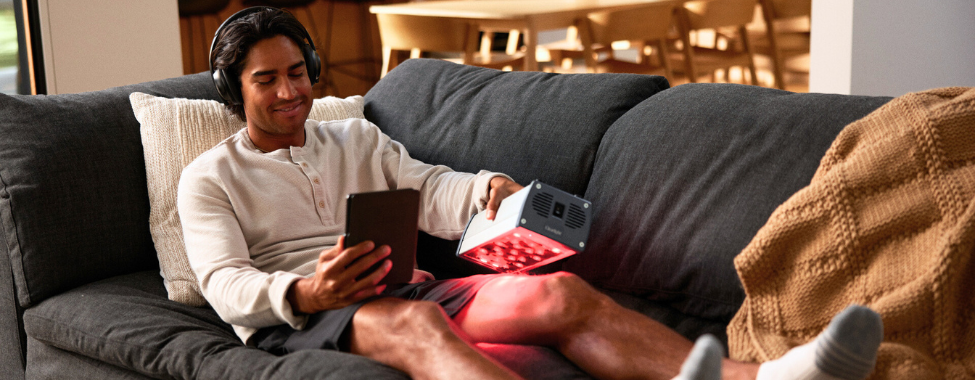
Red Light Therapy
Red light therapy (RLT) benefits men’s health by helping increase testosterone levels, optimizing sleep, and enhancing muscle recovery. It can also help promote hair growth, improve cognitive function, mood, and heart function, and support joint health. It offers a non-invasive, natural way to boost overall well-being and vitality.
RLT devices come in many forms to fit your needs and lifestyle, including the Clearlight PERSONAL Red Light Therapy Tower for targeted support anywhere you need it, the Clearlight CORE Tower that can be installed in your infrared sauna to enhance the benefits of each, and the Clearlight FULL BODY Tower for revitalizing RLT for your whole body.
Limit Alcohol and Quit Smoking
Excessive alcohol consumption and smoking are significant risk factors for many health issues, including liver disease, cardiovascular diseases, and various forms of cancer. Limiting alcohol intake to moderate levels and quitting smoking can substantially reduce these risks and contribute to better overall health.
Hydration
Adequate hydration is essential for maintaining all bodily functions. Drinking enough water can improve digestion, aid in nutrient absorption, and maintain healthy skin. Men should aim for at least eight 8-ounce glasses of water a day, more if they are physically active or live in a hotter climate.
Regular Medical Check-ups
Preventative healthcare is crucial. Regular visits to a healthcare provider for screenings and check-ups can help detect potential health issues early on. Men should discuss their individual health needs with their doctors, including screenings for cholesterol levels, blood pressure, diabetes, and prostate health.
Boosting Men’s Overall Health and Wellness
Incorporating these natural strategies into daily life, along with the use of infrared saunas, can significantly enhance men’s health and wellness. From reducing toxins, relieving inflammation, and lowering blood pressure to minimizing pain, alleviating stress, and losing weight, the benefits of saunas for men can boost overall health and wellness across several dimensions.
Every day is an excellent opportunity to adopt these practices and commit to a healthier lifestyle. By making gradual, sustainable changes, men can improve their overall well-being and enjoy a higher quality of life.
 Canada
Canada Australia
Australia New Zealand
New Zealand Germany
Germany UK
UK EU
EU Ireland
Ireland Malaysia
Malaysia China
China
